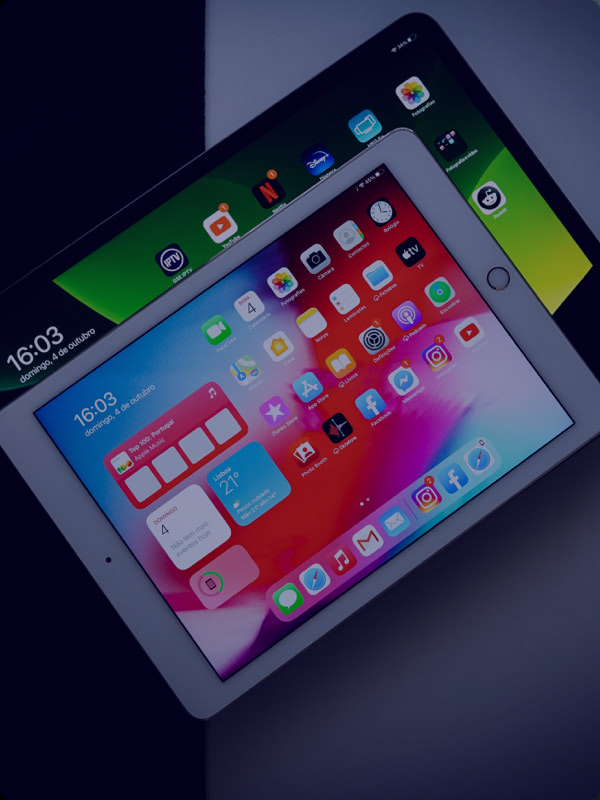
A tablet is a portable computing device that is larger than a smartphone but smaller and more compact than a traditional laptop or desktop computer. Tablets typically feature a touchscreen interface, allowing users to interact with the device by tapping, swiping, or using a stylus or digital pen. Here are some key characteristics and features of tablets:
- Touchscreen Interface: Tablets are primarily operated through touch input on their screens, eliminating the need for a physical keyboard or mouse. Users can tap icons, swipe to navigate, and use on-screen keyboards for text input.
- Operating Systems: Tablets run various operating systems, with the most common being Android (developed by Google), iOS (developed by Apple), and Windows (developed by Microsoft). Each operating system has its ecosystem of apps and services.
- Apps and App Stores: Tablets have access to a wide range of applications (apps) that can be downloaded from official app stores (e.g., Google Play Store for Android, Apple App Store for iOS). These apps can be productivity tools, games, entertainment apps, and more.
- Internet Connectivity: Tablets often support Wi-Fi and cellular data connectivity, allowing users to access the internet, send emails, browse websites, and use online services.
- Multimedia Capabilities: Tablets are commonly used for media consumption, including watching videos, listening to music, reading e-books, and viewing photos. Many tablets have high-resolution displays and stereo speakers for an immersive multimedia experience.
- Productivity: Tablets can be used for various productivity tasks, such as word processing, spreadsheet editing, and presentation creation. Some tablets support external keyboards and styluses for enhanced productivity.
- Portability: Tablets are lightweight and easy to carry, making them convenient for on-the-go use. They are popular for travel, note-taking, and business meetings.
- Battery Life: Tablets typically offer longer battery life compared to laptops, allowing users to use them for extended periods without needing frequent recharging.
- Cameras: Most tablets come equipped with front and rear-facing cameras, making them suitable for video conferencing, photography, and video recording.
- Storage: Tablets come with varying amounts of internal storage, which can usually be expanded using microSD cards or external storage devices.
- Accessories: Manufacturers often offer a range of accessories for tablets, including keyboard cases, styluses, and docking stations, which can enhance their functionality and versatility.
- Gaming: Tablets are also used for gaming, with access to a wide range of mobile games. Some tablets, like those from the iPad Pro series, offer high-performance gaming capabilities.
Tablets have a broad range of use cases, from entertainment and casual browsing to business and education. They are especially popular for tasks that require mobility and touchscreen interaction. Different tablet models cater to various needs and budgets, ranging from basic, budget-friendly options to high-end, premium tablets with advanced features.
